Gold Line from Pasadena to Little Tokyo
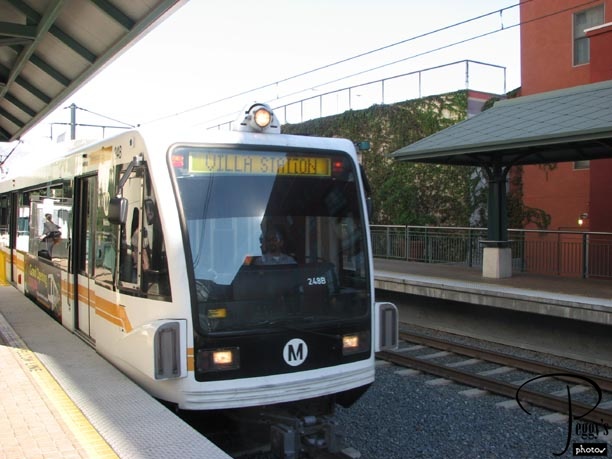
he Gold Line light rail was extended this last Sunday from Union Station to East LA, with Little Tokyo as its first new stop. Now I can take the train from Pasadena straight to Little Tokyo, which I did. I have never been to Little Tokyo, so I was going to be a tourist in LA for the day. I paid $6.00 for all–day parking at the Del Mar Station and $1.25 each way on the train. An all–day metro ticket costs $5.00.

Gold Line from Pasadena to Little Tokyo
Gold Line from Pasadena to Little Tokyo
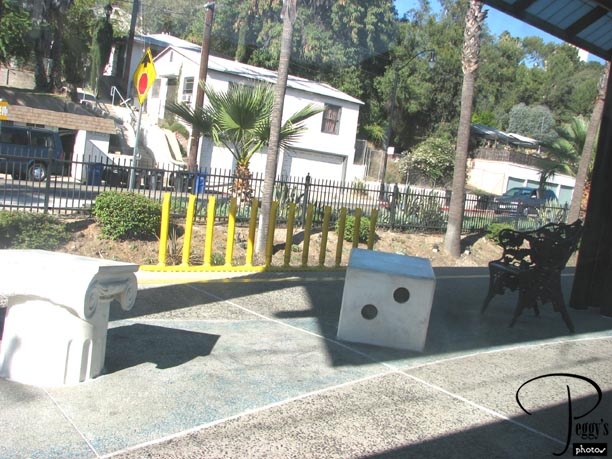
The Gold Line makes various stops, including one at the Southwest Museum. Photo: Interesting seats at the Southwest Museum Station.

Gold Line from Pasadena to Little Tokyo
Gold Line from Pasadena to Little Tokyo
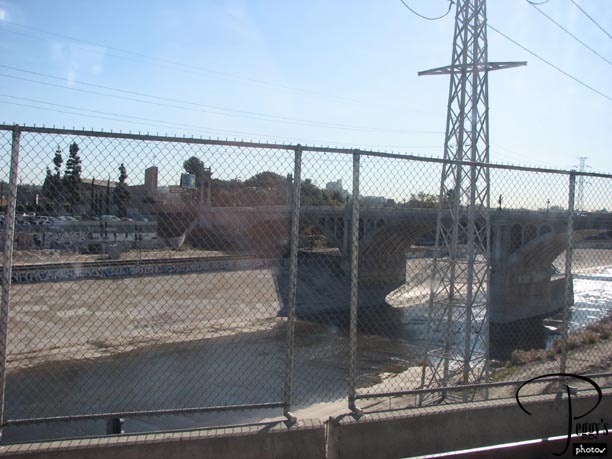
Our beautiful Los Angeles River, cemented over many years ago by the Army Corps of Engineers after a huge flood and now decorated by graffiti artists. There is a present effort to undo what has been done to the river banks.

Gold Line from Pasadena to Little Tokyo
Gold Line from Pasadena to Little Tokyo
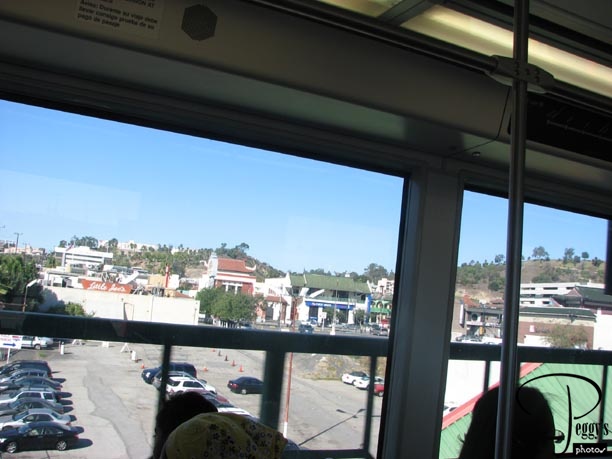
At the Chinatown Station.

Gold Line from Pasadena to Little Tokyo
Gold Line from Pasadena to Little Tokyo
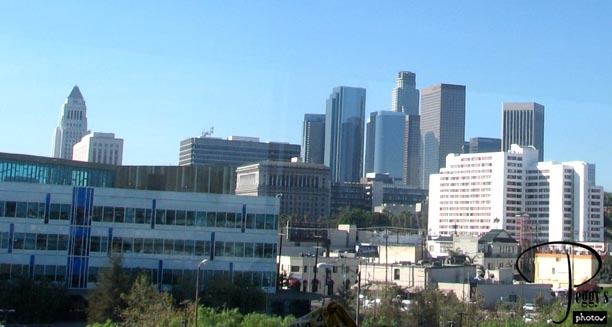
The Los Angeles skyline. It looks better from the 110 freeway.

Gold Line from Pasadena to Little Tokyo
Little Tokyo Station
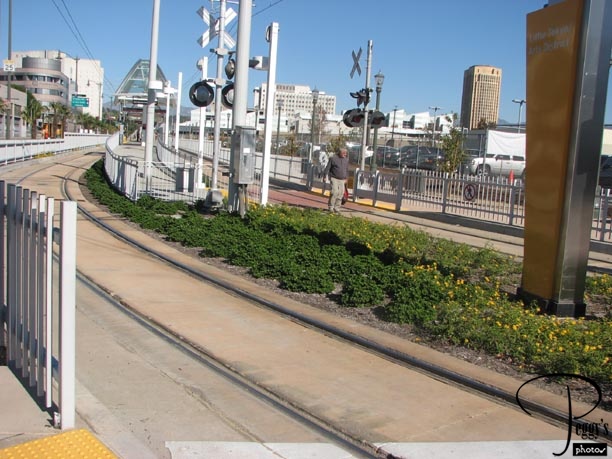
The station is in the middle of the photo. You may be wondering why the man in the photo is walking along the tracks. That is because this is the way you walk away from the station: along one set of the tracks. The train comes in on a circular track so that you have no view of it while you are walking on the side of the tracks.

Little Tokyo Station
Little Tokyo Station
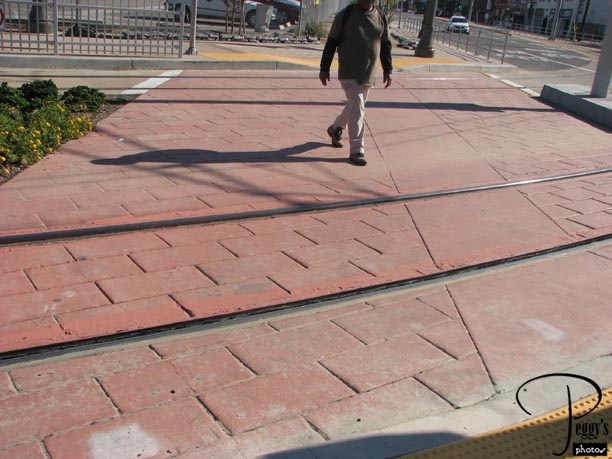
Then you need to walk over the second set of tracks, also without a clear view of the train coming from the other direction. There are no flashing lights to warn you of a train’s approach.

Little Tokyo Station
Little Tokyo Station
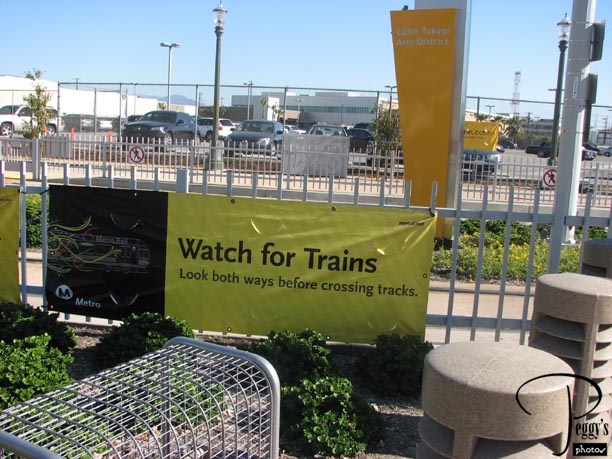
However, things are a bit better going back to the station. There are two warning signs: “Watch for Trains” in English.

Little Tokyo Station
Little Tokyo Station
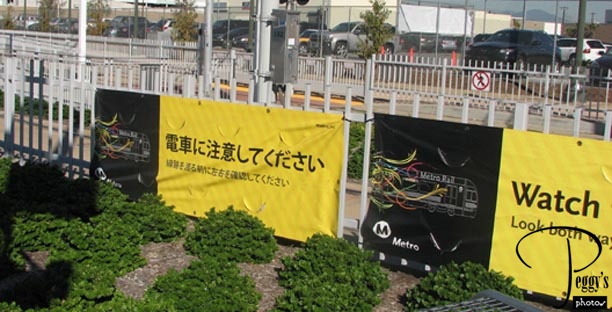
And one in Japanese.

Little Tokyo Station
Little Tokyo Station
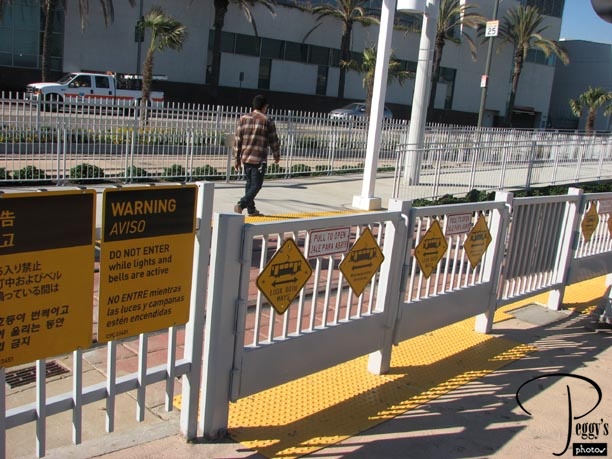
After you have safely crossed the tracks, then you need to cross back over again to reach the station. Here, there are flashing lights and signs in at least three languages: English, Spanish, and Japanese. I don’t know if I could design a less safe way to both leave and get to a station. When the train came in to take us back to Pasadena or other points north, I noticed that the train almost inched its way into the station. I think the conductor was making absolutely sure that he was not going to hit a pedestrian on his way into the station.

Little Tokyo Station
On the Way to Little Tokyo
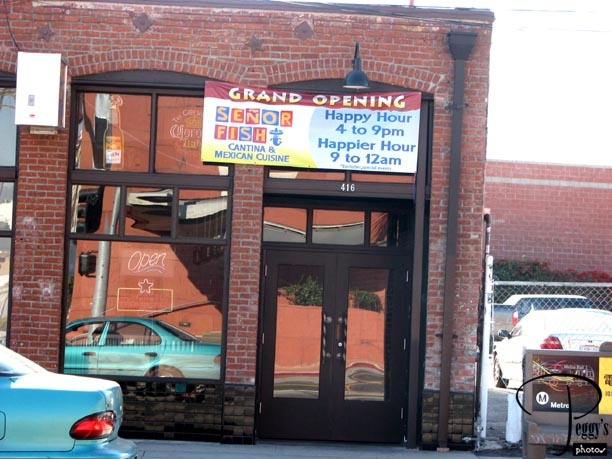
A new Senor Fish restaurant (Mexican) has just opened up on the fringe of Little Tokyo. It not only has a “Happy Hour” but also a “Happier Hour.”

On the Way to Little Tokyo
Little Tokyo Station
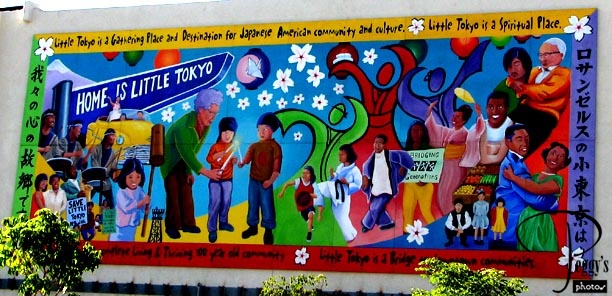
Little Tokyo Los Angeles is one of only three historic Japantowns in the United States. All three are in California: Los Angeles, San Jose, and San Francisco. Little Tokyo covers four large city blocks, bounded on the west by Los Angeles Street, on the east by Alameda Stree, on the south by 3rd Street, and on the north by First Street and the LA Civic Center. Little Tokyo was originally about a square mile in area and was a magnet for Japanese immigrants until the Exclusion Act of 1924 halted any more migration. I am now on First Street.

Little Tokyo Station
Hompa Hongwanji Buddhist Temple
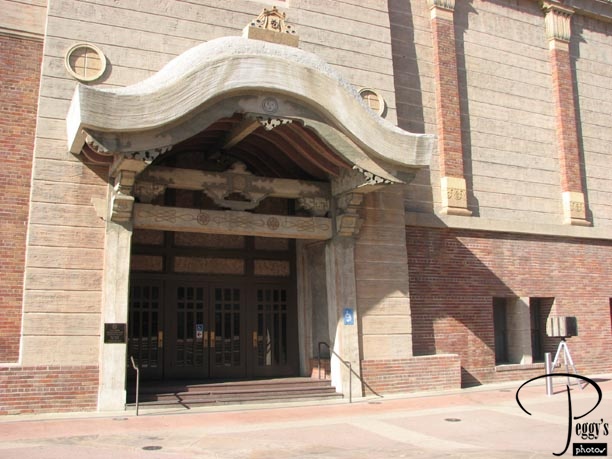
On First Street, directly across from the Japanese American National Museum and the Geffin––an extension of MOCA (the Museum of Contemporary Art), is the Hompa Hongwanji Buddhist Temple. It was moved here from its original location where the new Parker Center (police headquarters) is now. There are other Buddhist Temples in Little Tokyo but I cannot find mention of any Shinto Shrines.

Hompa Hongwanji Buddhist Temple
Go for Broke Monument
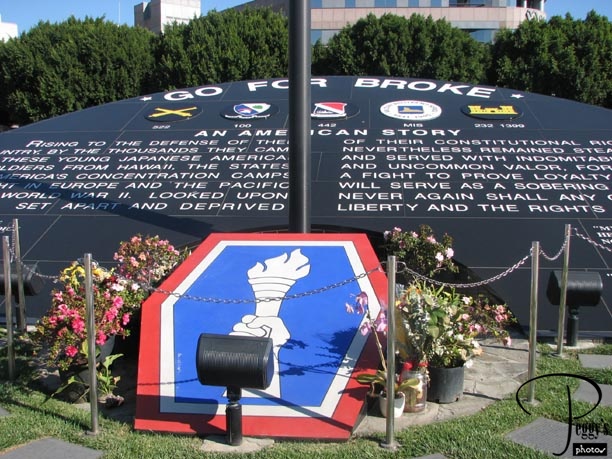
Farther along is the Go for Broke Monument, a monument erected in honor of Japanese Americans who served in World War II. “Go for Broke” was the motto for the 100th Battalion which was made up of mainly Japanese Americans. Now, “Go for Broke” has been adopted as a motto for all Japanese Americans serving in World War II.

Go for Broke Monument
Go for Broke Monument
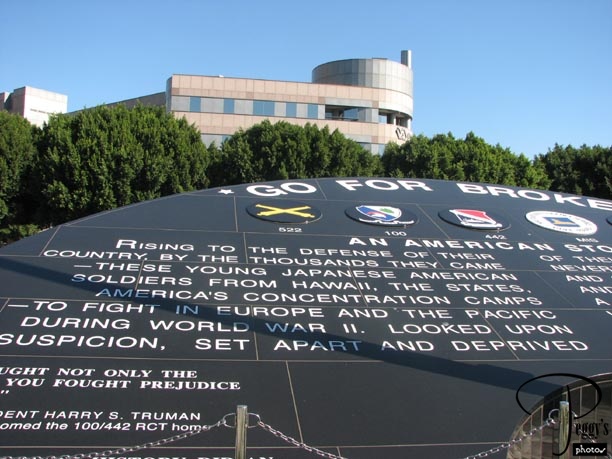
What it says on the monument: “An American Story. Rising to the defense of their country by the thousands they came––these young Japanese American soldiers from Hawaii, the States, America’s concentration camps––to fight in Europe and the Pacific during World War II. Looked upon with suspicion, set apart and deprived…

Go for Broke Monument
Go for Broke Monument
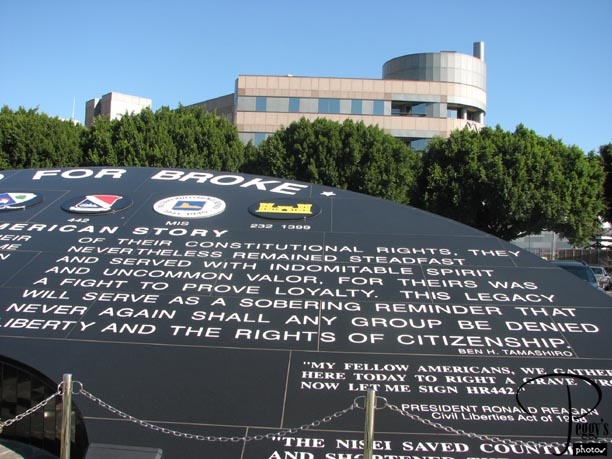
of their constitutional rights, they nevertheless remained steadfast and served with indomitable spirit and uncommon valor, for theirs was a fight to prove loyalty. This legacy will serve as a sobering reminder that never again shall any group be denied liberty and the rights of citzenship.”––Ben H. Tamashiro. Mr. Tamashiro served with the 100th Infantry Battalion and also did TV commercials for the Bank of Hawaii. He originally wrote “interment camps,” which somehow, anonymously, was changed to “concentration camps.”

Go for Broke Monument
Go for Broke Monument
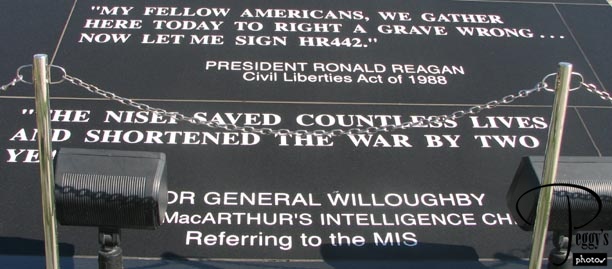
Two other quotes on the monument: “My Fellow Americans, we gather here today to right a grave wrong…now let me sign HR442.” President Ronald Reagan, Civil Liberties Act of 1988. “The Nisei [a person born to parents who emigrated from Japan] saved countless lives and shortened the war by two years.” Major General Willoughby, General MacArthur’s Intelligence Chief, referring to the MIS.

Go for Broke Monument
Go for Broke Monument
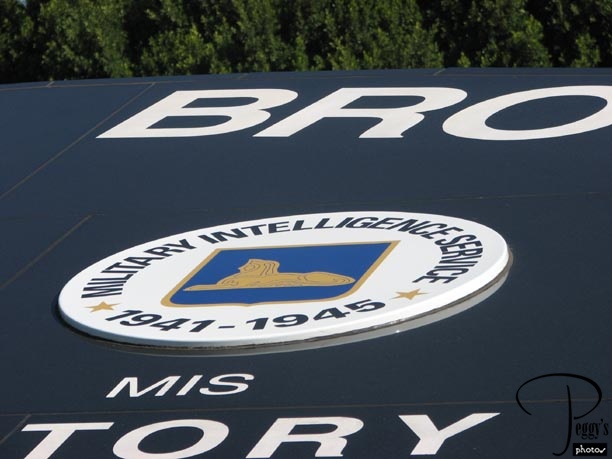
The MIS––Military Intelligence Service––emblem.

Go for Broke Monument
Little Tokyo
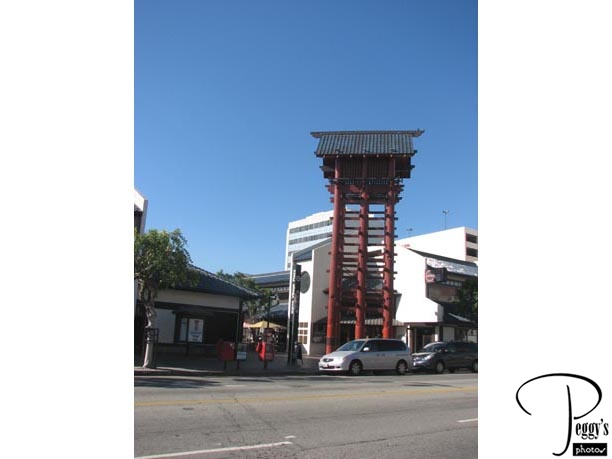
Back on First Street: The Yagura Tower in front of the Japanese Village Plaza that extends from First to Second Street. The tower is a replica a fire lookout tower in old rural Japan.

Little Tokyo
Little Tokyo
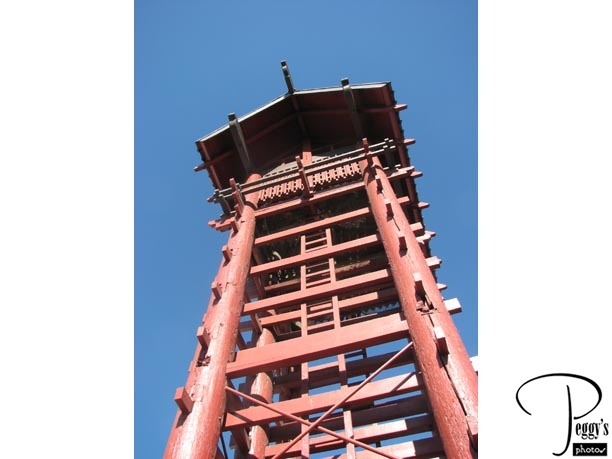
Another view of the tower.

Little Tokyo
Little Tokyo
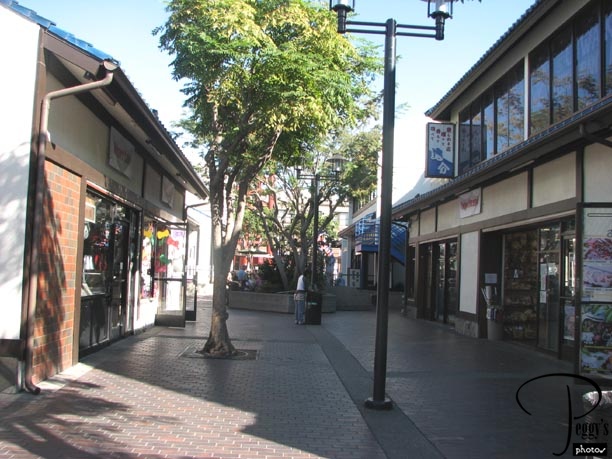
Inside the Japanese Villa Plaza. I arrived there about 10:30 a.m. but it didn’t fill up until about an hour later when the restaurants opened. In this section of Little Tokyo and in some of the other sections, Little Tokyo did remind me of Big Tokyo, where I visited in April of this year: mainly by the merchandise for sale and the way the restaurants advertised their food. I had come to Little Tokyo with a purpose––to find powdered green tea cakes. I brought some of these home from Big Tokyo and loved them

Little Tokyo
Little Tokyo
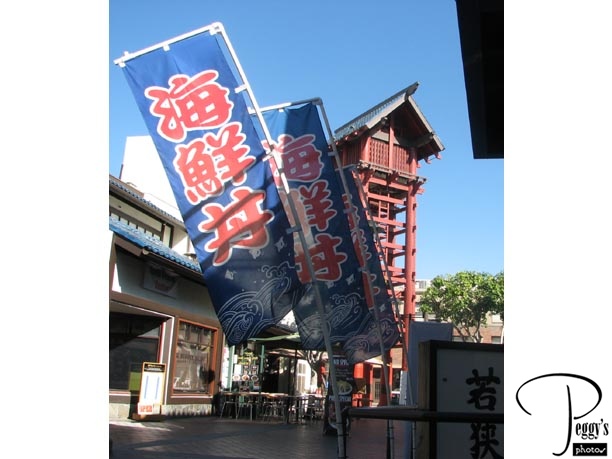
Another view of the fire tower and Japanese characters on banners, as seen in Tokyo.

Little Tokyo
Little Tokyo
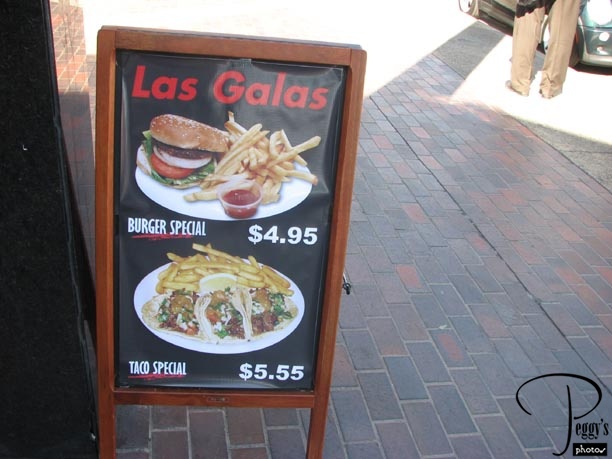
First restaurant sign I saw at the Japanese Villa Plaza––not very Japanese.

Little Tokyo
Little Tokyo
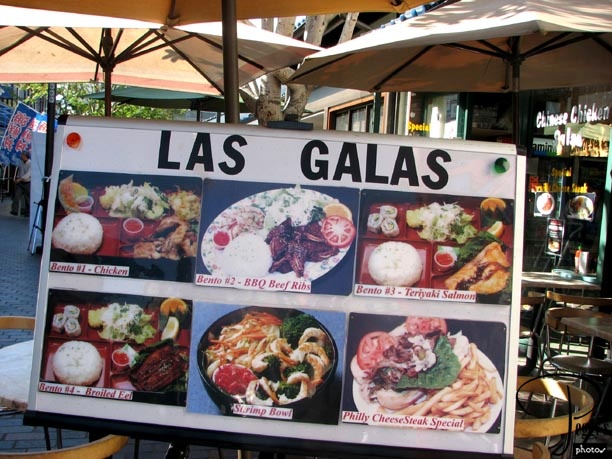
However, Las Galas also had another sign: some Japanese food (broiled eel and teriyaki salmon) along with Philly Cheese Steak. A restaurant to fit any taste.

Little Tokyo
Little Tokyo

Across from Las Galas was the Wakasuya restaurant, advertised as “A First in America.”

Little Tokyo
Little Tokyo
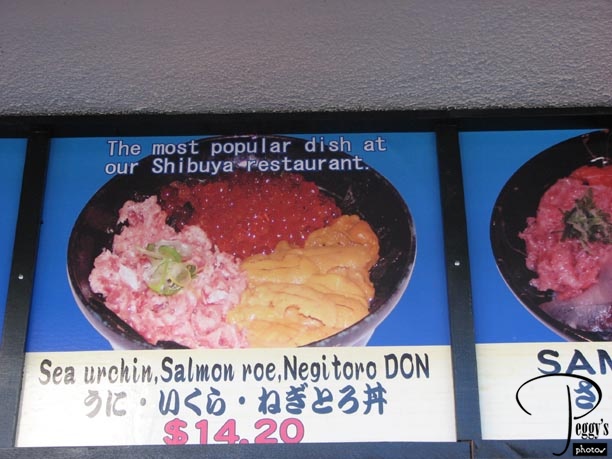
Their most popular dish. Negitoro is tuna.

Little Tokyo
Little Tokyo
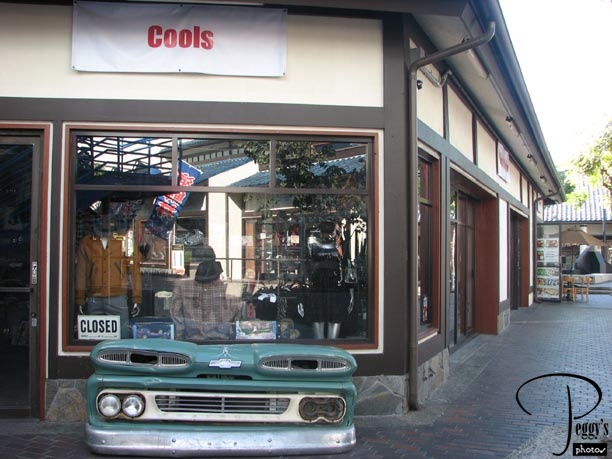
A very un–Japanese store: Cools.

Little Tokyo
Little Tokyo
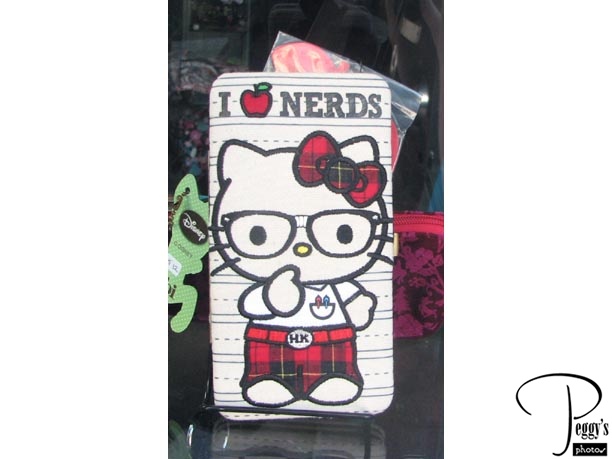
An item being sold at Cools.

Little Tokyo
Little Tokyo
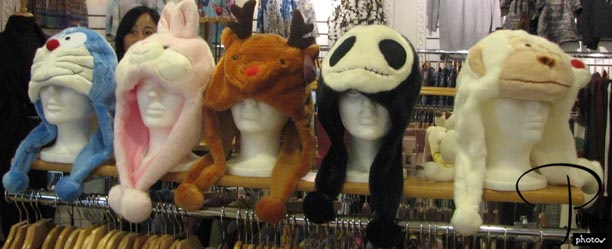
These hats were being sold in a Japanese store.

Little Tokyo
Little Tokyo
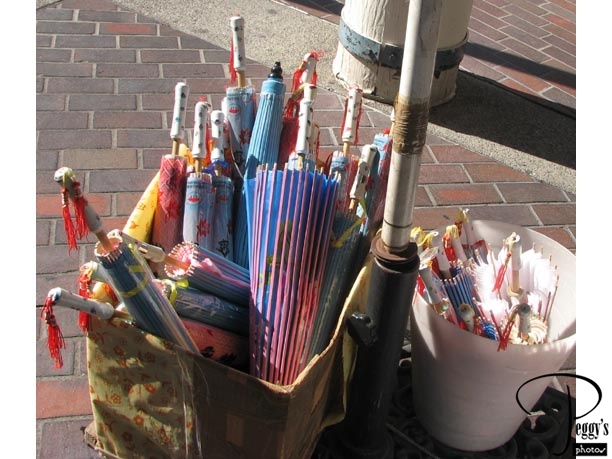
Bright parasols for sale.

Little Tokyo
Little Tokyo
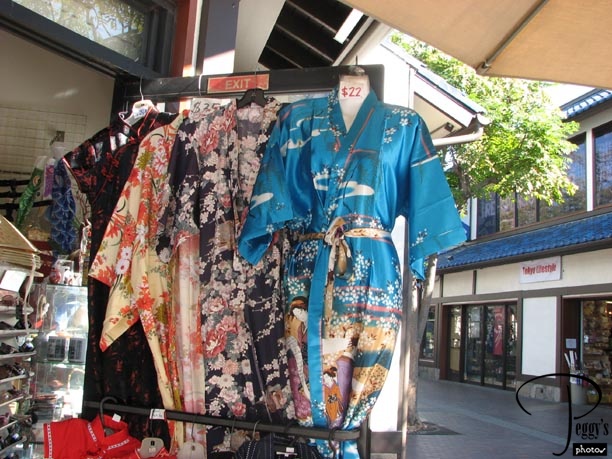
And kimonos.

Little Tokyo
Little Tokyo
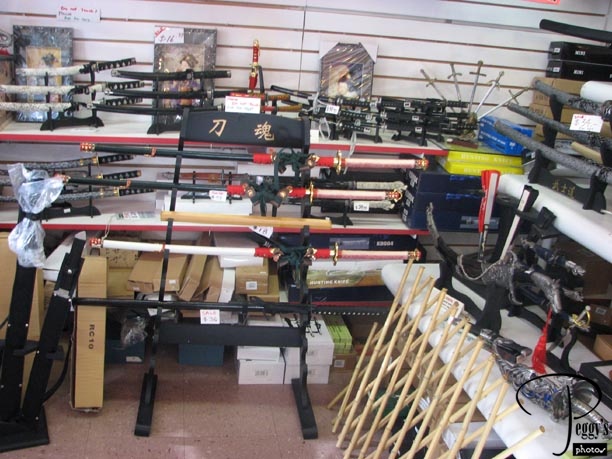
Samaurai swords.

Little Tokyo
Little Tokyo
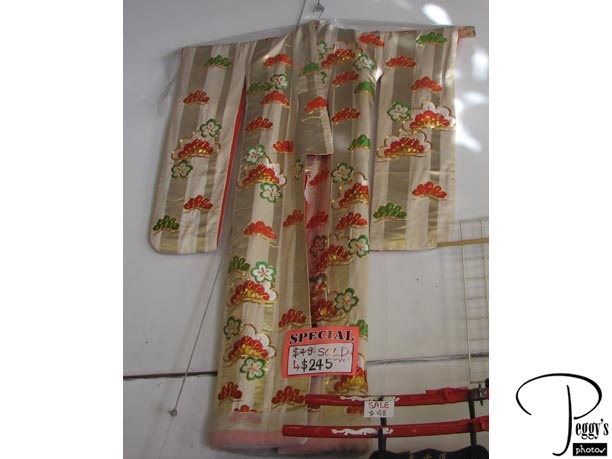
A beautiful kimono. This kimono was of much higher quality than the ones I saw being sold in the tourist stores in Tokyo. E

Little Tokyo
Little Tokyo
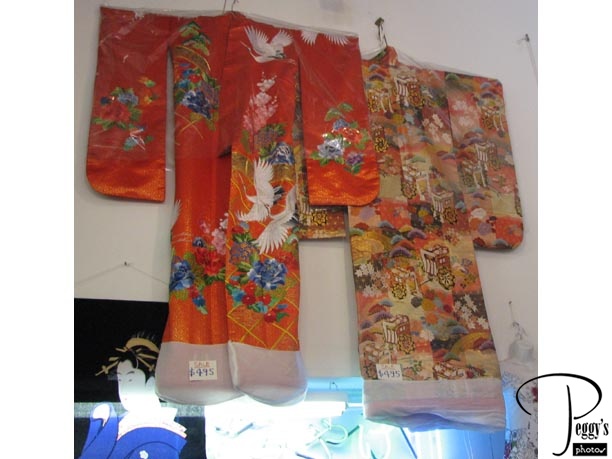
And two more beautiful ones.

Little Tokyo
Little Tokyo
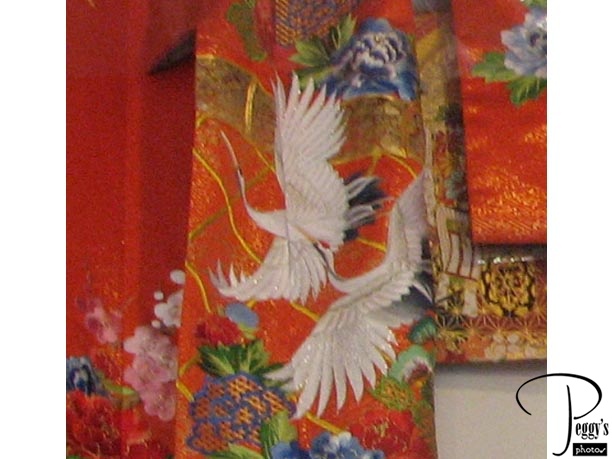
Close–up of the kimono on the left of the last photo.

Little Tokyo
Little Tokyo
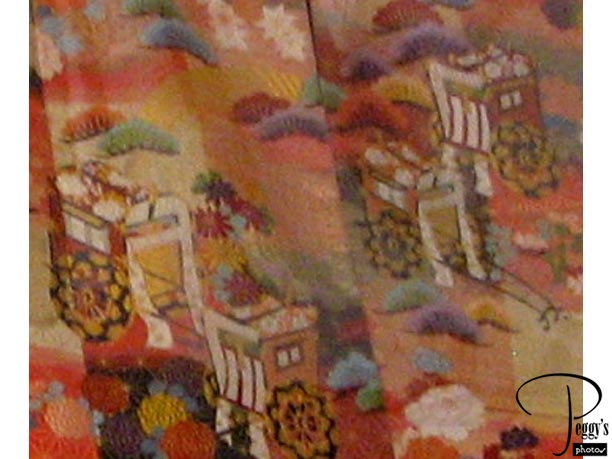
Close–up of the kimono on the right of the photo.

Little Tokyo
Little Tokyo

Beautiful parasols.

Little Tokyo
Little Tokyo

A wagashi––Japanese sweet shop. The Mikawaya has been in business since 1910 and it introduced mochi ice cream to the U.S. in 1994. There is an even older wagashi in Little Tokyo––the Fugetsu–do, which opened in 1903. I missed seeing it. It is at 315 E. First Street. It is the oldest still–operating food establishment in Los Angeles.

Little Tokyo
Little Tokyo

Treats for sale inside the Mikawaya.

Little Tokyo
Little Tokyo
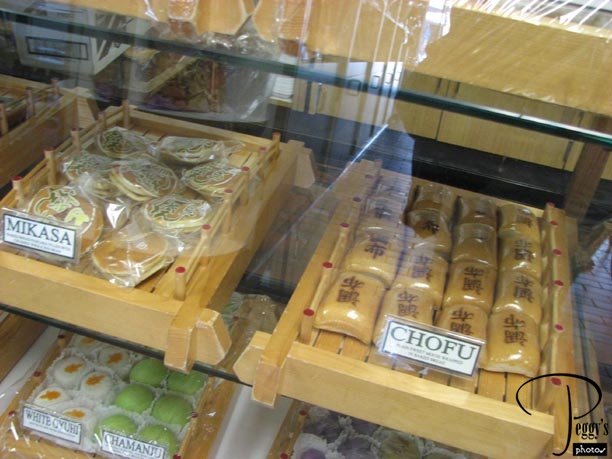
And more treats. I saw many of these pancakes for sale in Tokyo. I asked here if they sold powdered green tea cakes, but they didn’t.

Little Tokyo
Little Tokyo
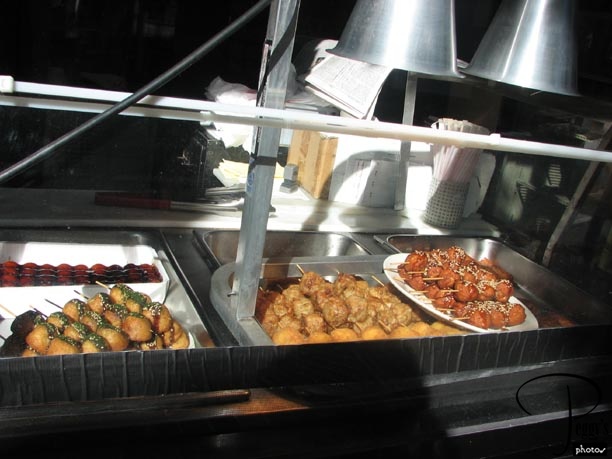
A store across the street selling these confections made from baked small red beans (azuki). The batter is poured into copper holes and then fried.

Little Tokyo
Little Tokyo
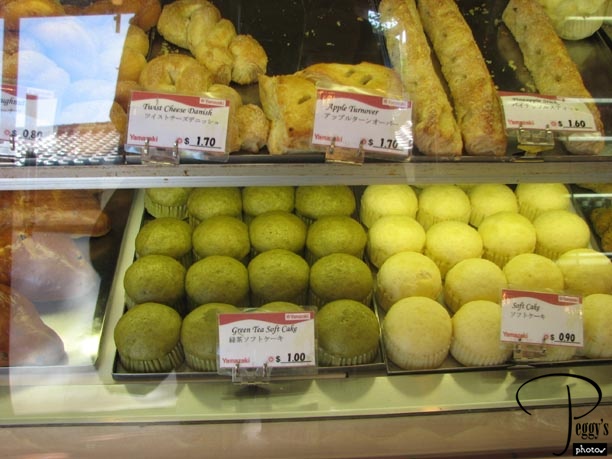
The counterman at the Mikawaya told me to try the Yamazaki for green tea cakes. They had green tea cupcakes but ones without cream in them. I was looking for ones with cream. If you have a sweet tooth, you’ll love the Yamazaki. They have American–style pastries like ones you have never seen before.

Little Tokyo
Little Tokyo
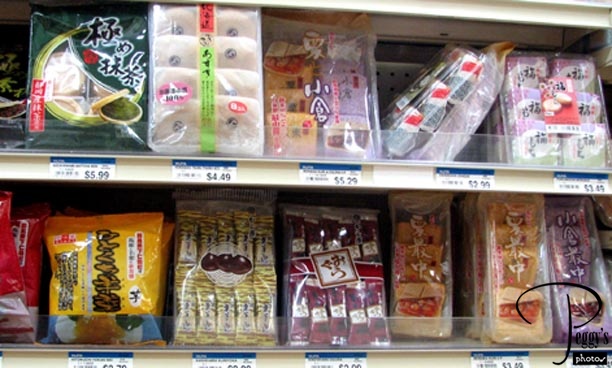
A close–up. I saw these for sale in Japan at about one–half the cost. I assume that these come from Japan.

Little Tokyo
Little Tokyo
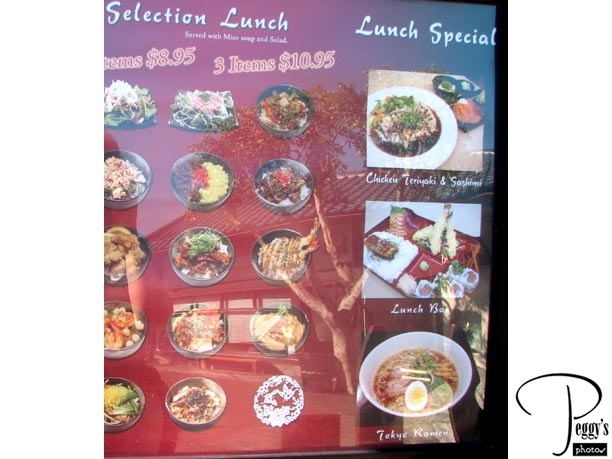
It was getting close to 11:30 a.m. and a crowd was forming in front of the Shabu Shabu restaurant. When it opened, the crowd rushed in. I took a peek inside the restaurant––people were sitting around a cooking table. Shabu shabu is a Japanese variant of hot pot––”thinly sliced meat and vegetables cooked at a table in a simmering pot of broth, then dipped in various sauces.” I didn’t see any shabu shabu restaurants in Japan but I am sure there must have been many of them. There were many LA downtown office workers coming to Little Tokyo for lunch.

Little Tokyo
Little Tokyo
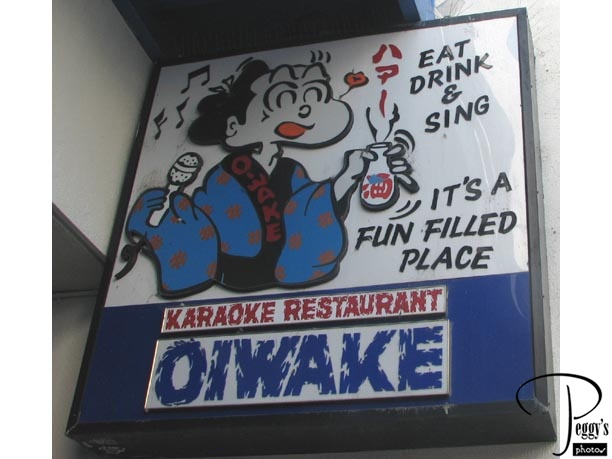
There were several karoke restaurants in the Japanese Village Plaza and many sushi restaurants in the plaza and also throughout Little Tokyo.

Little Tokyo
Little Tokyo

I ate this restaurant. I forgot to take a photo of the name of the restaurant, but the restaurant was close to the plaza’s Second Street entrance. One section of the menu allowed you to choose two dishes that would cost you $8.95 for both.

Little Tokyo
Little Tokyo
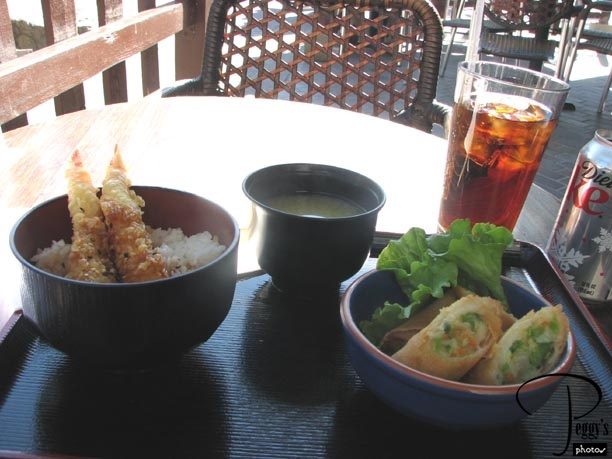
The restaurant had outside seating, which I chose. I also chose shrimp tempura––it came with rice, and spring rolls, which were the best spring rolls I have ever eaten. The lunch also included a small salad with heavenly Asian dressing and delicious miso soup. With tax and a diet coke, my bill was $12.02.

Little Tokyo
Little Tokyo
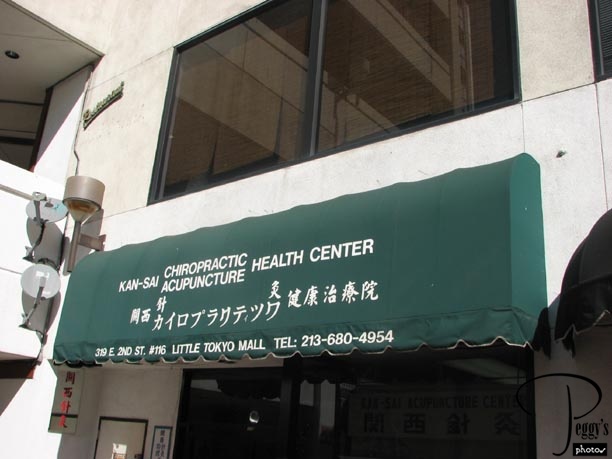
Acupunture center in the plaza.

Little Tokyo
Little Tokyo
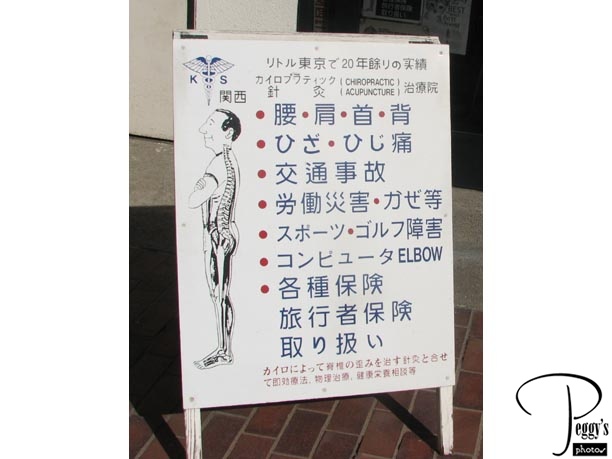
An explanation in Japanese of acupunture points.

Little Tokyo
Little Tokyo
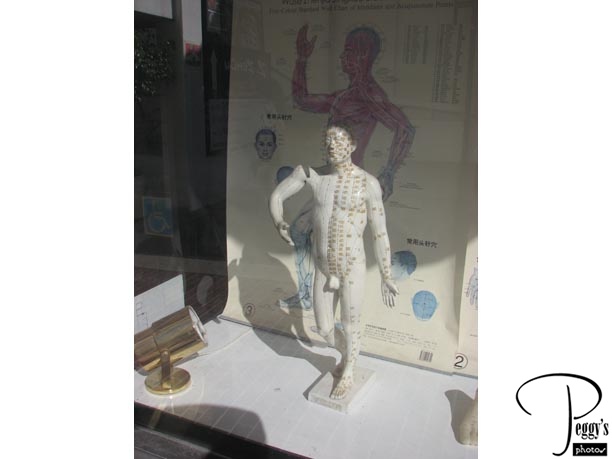
And a bit more graphic presentation.

Little Tokyo
Little Tokyo
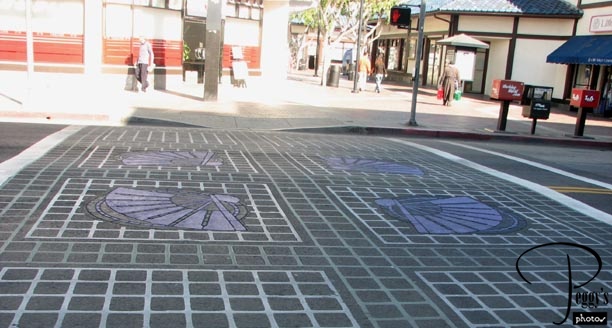
I am now on Second Street. Note the pretty fans in the crosswalk.

Little Tokyo
Little Tokyo
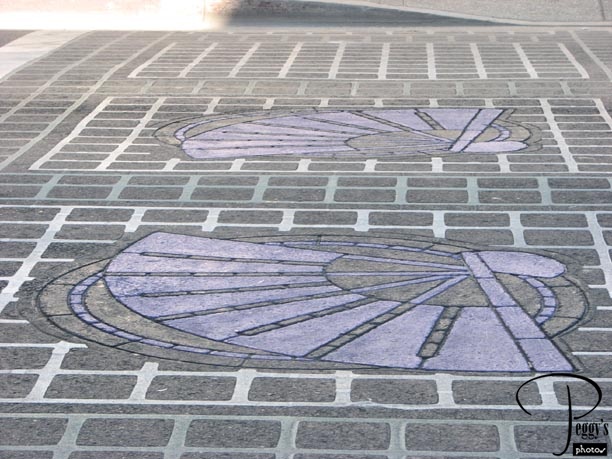
Close–up of the fans.

Little Tokyo
Little Tokyo
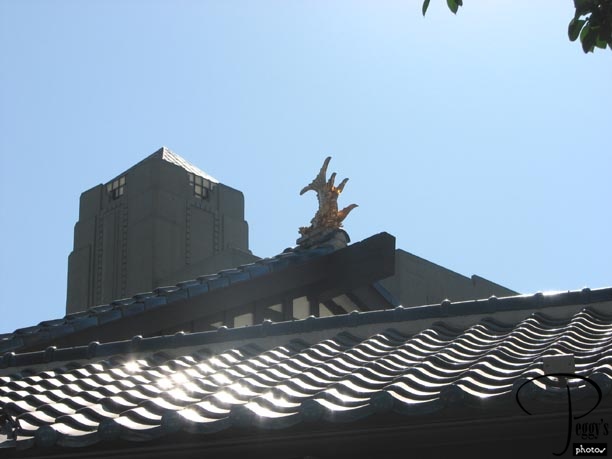
A Japanese dragon seen protecting a roof.

Little Tokyo
Little Tokyo
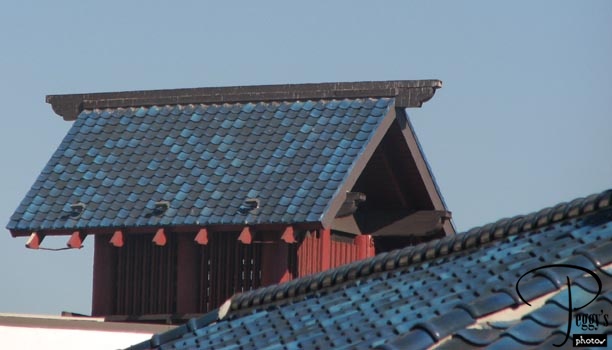
The top of the fire tower seen from Second Street.

Little Tokyo
Little Tokyo
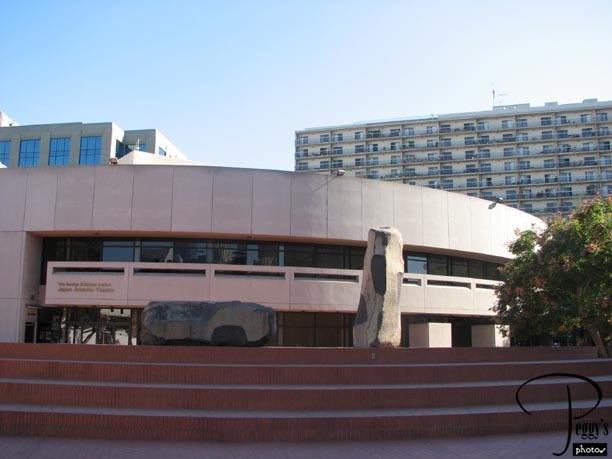
Off Second Street is the Japanese Cultural and Community Center. The statue is called “To the Issei” and is by Isamu Noguchi, who also designed this plaza. The Issei are the immigrant founders of the Japanese community.

Little Tokyo
Little Tokyo
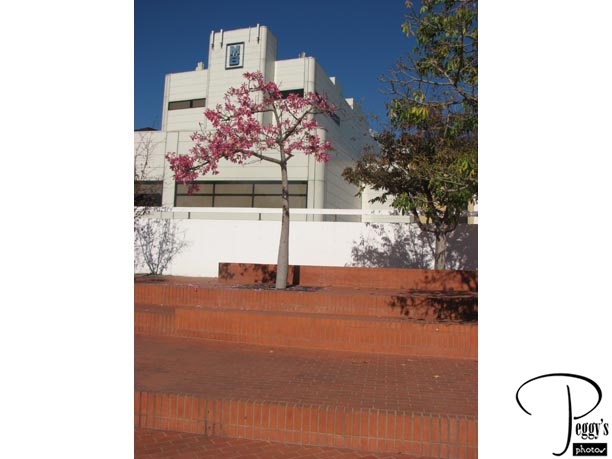
A pretty tree in this plaza.

Little Tokyo
Little Tokyo
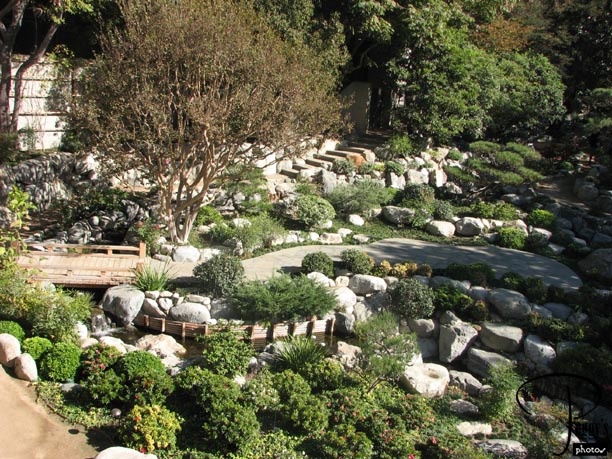

Little Tokyo
Little Tokyo
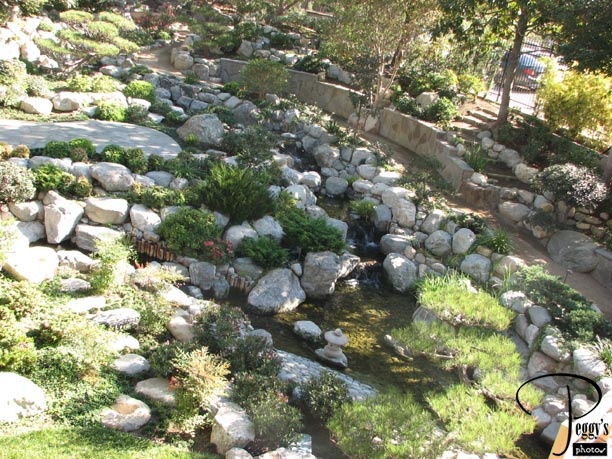
More of the Irvine Japanese Garden.

Little Tokyo
Little Tokyo
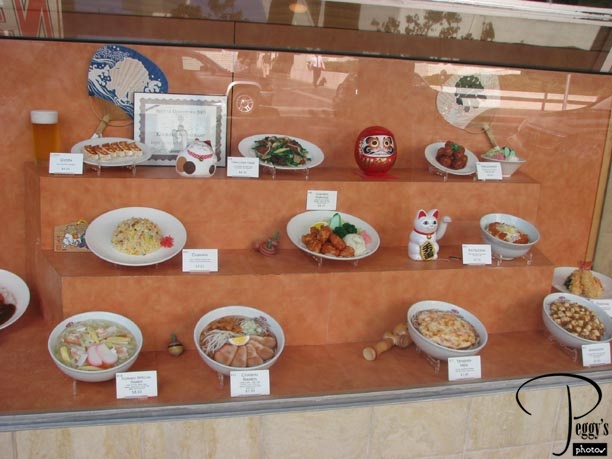
Window of a restaurant I passed on my walk. The window display was very similar to the displays in the windows of restaurants in Japan.

Little Tokyo
Little Tokyo
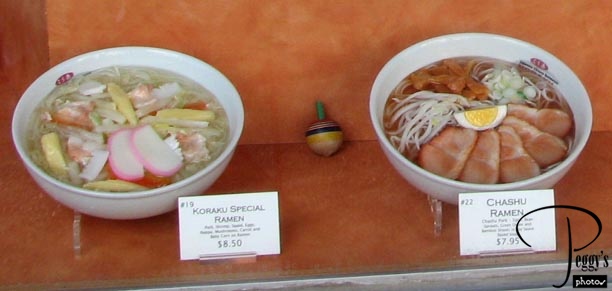
Close–up of some dishes in the display.

Little Tokyo
Little Tokyo
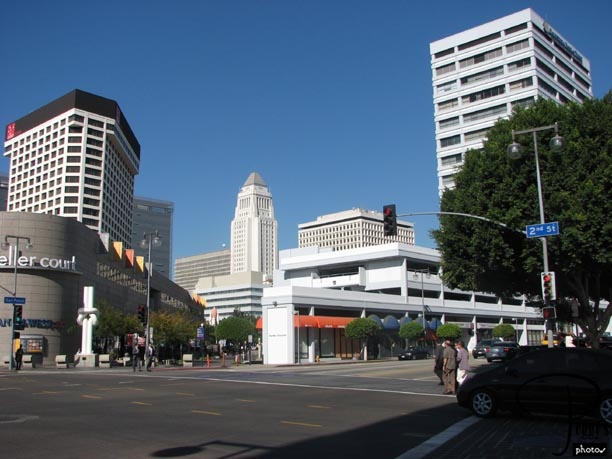
I am now at the corner of San Pedro and Second Streets. The Los Angeles City Hall is in the middle of the photo. Note the statue on the left of the photo.

Little Tokyo
Little Tokyo
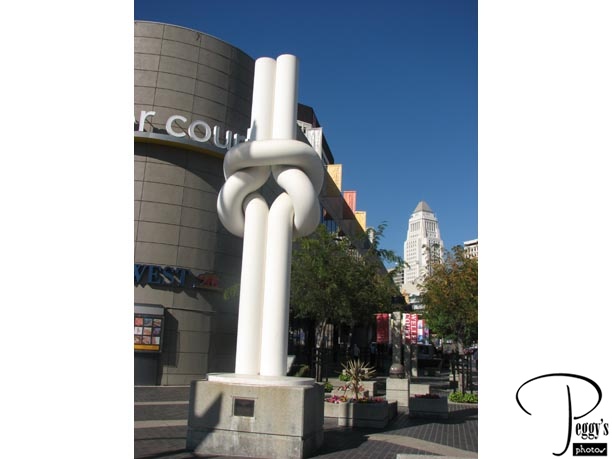
Close–up of the statue in the last photo: “Friendship Knot,” by Shinkichi Tajiri.

Little Tokyo
Little Tokyo
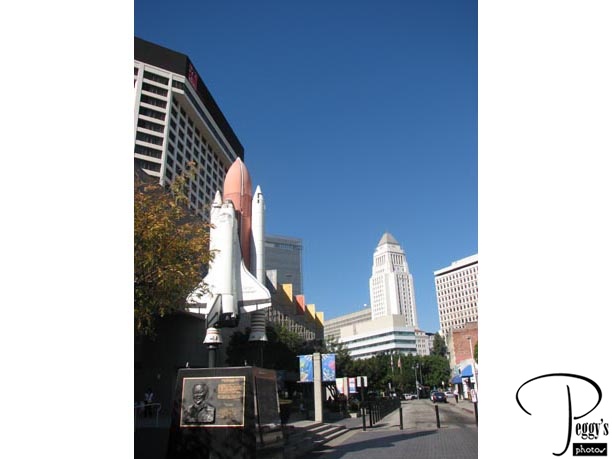
Behind the Friendship Knot is a replica of the Space Shuttle Challenger. I am now on Astronaut Ellison S. Onizuka Street.

Little Tokyo
Little Tokyo
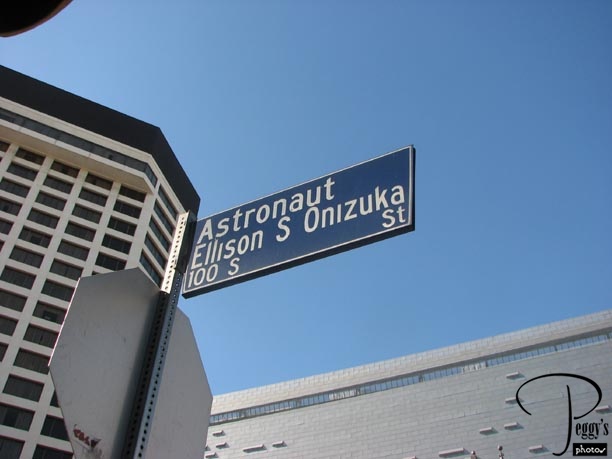
The Astronaut Ellison S. Onizuka Street sign.

Little Tokyo
Little Tokyo
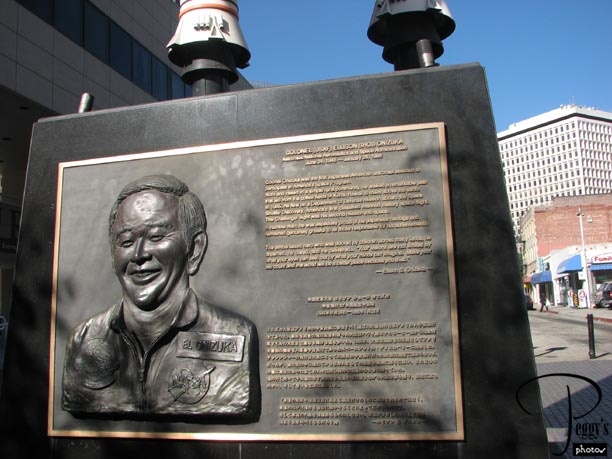
Colonel (USAF) Ellison Shoji Onizuka (June 24, 1946 – January 28, 1986) was the first Japanese American astronaut in the U.S. Space Program. He was from Kona, Hawaii. His first space flight was aboard the Shuttle Discovery in 1985. His second space flight was aboard the Shuttle Challenger. He died when the Challenger exploded.

Little Tokyo
Little Tokyo
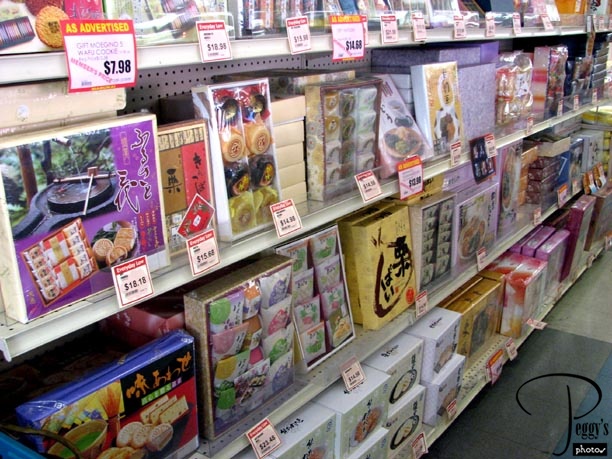
On the Astronaut Ellison S. Onizuka Street is a large Japanese market. I recognized many of these packages of Japanese sweets from those being sold in Japan––and in Japan at about half the cost.

Little Tokyo
Little Tokyo
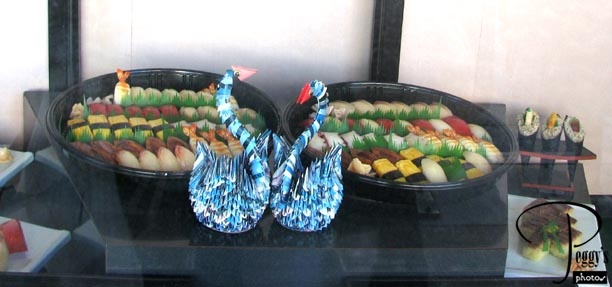
Back on First Street and past a sushi restaurant. I took photos of its window display.

Little Tokyo
Little Tokyo
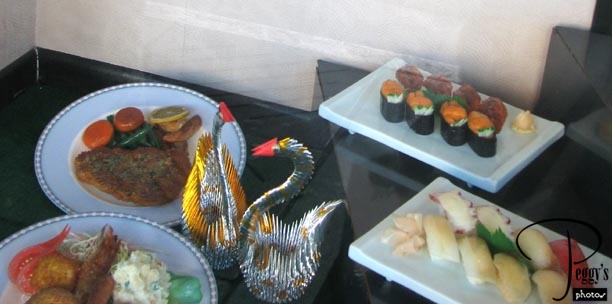
And this one as well. I was near the Little Tokyo Station and decided it was time to head home. I had to put my green tea cake roll in the refrigerator and I was also tired as it was very warm in LA that day. I didn’t see everything there is to see in Little Tokyo––I’ll have to make a trip back here. I was impressed by Little Tokyo––it really gave me a feeling of being back in Big Tokyo.
